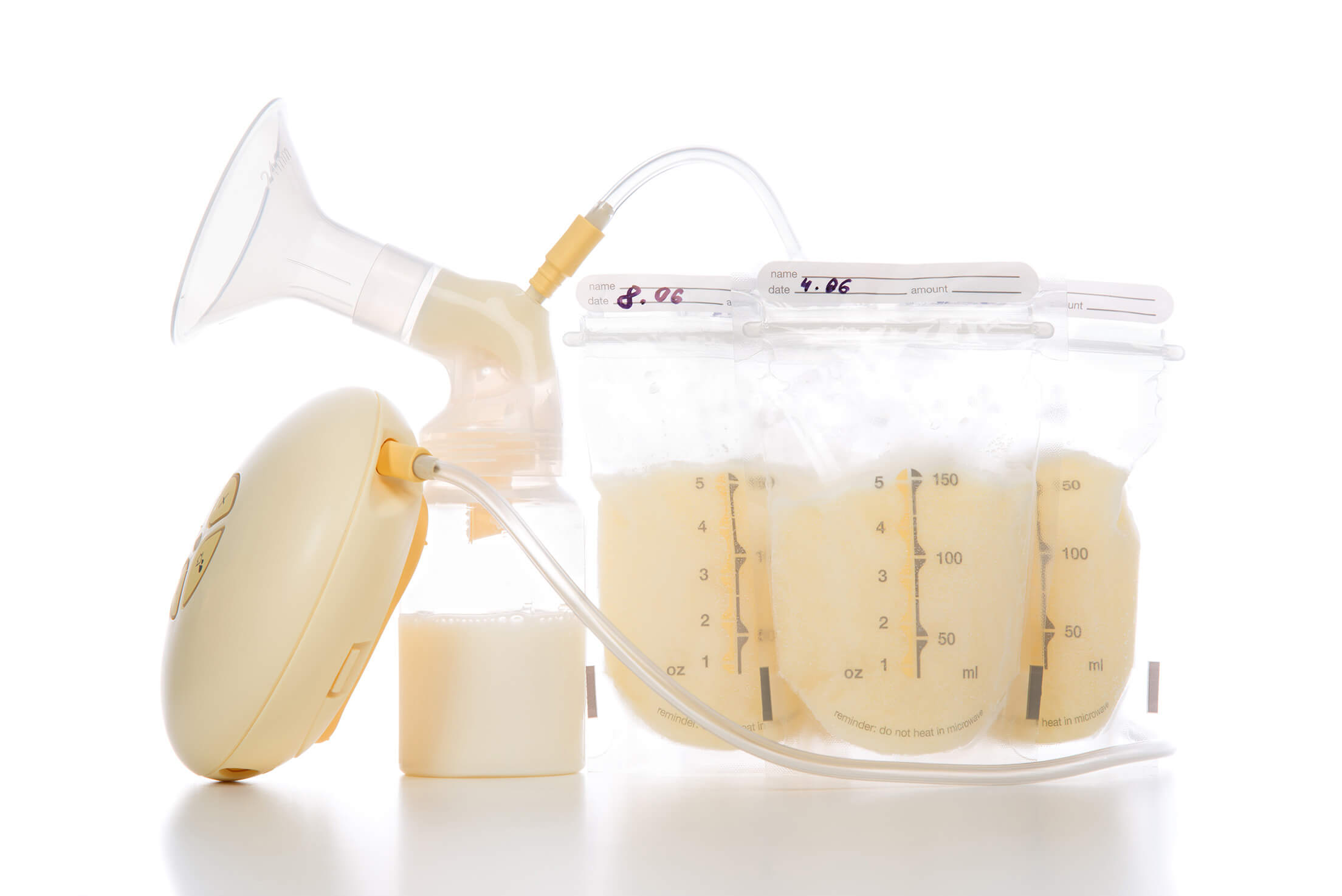

Articles
Breast Pump How To Store Milk
Modified: January 6, 2024
Learn how to store breast milk effectively with our informative articles. Find practical tips and guidelines to ensure the freshness and safety of your pumped milk.
(Many of the links in this article redirect to a specific reviewed product. Your purchase of these products through affiliate links helps to generate commission for Storables.com, at no extra cost. Learn more)
Introduction
Welcome to our comprehensive guide on how to store breast milk using a breast pump. As a nursing mother, you understand the importance of providing the best nutrition for your baby. Breast milk is not only packed with essential nutrients but also contains antibodies that boost your baby’s immune system. However, there may be times when you need to express and store breast milk, whether it’s for a day’s outing or returning to work.
Storing breast milk properly is crucial to maintaining its quality and ensuring your baby receives all the benefits. In this article, we will walk you through the process of storing breast milk, from preparing for milk storage to the correct techniques for pumping and storing. We will also provide guidelines for safe milk storage and share helpful tips for efficient storage.
By following these guidelines, you can ensure that your baby receives the best nutrition even when you are not physically present. So, let’s dive into the world of breast milk storage and discover the best practices for preserving this precious liquid gold.
Key Takeaways:
- Storing breast milk offers convenience, supports breastfeeding, and ensures your baby receives essential nutrients and antibodies even when you’re not present. Proper storage techniques and container selection are crucial for maintaining milk quality.
- Efficient milk storage involves establishing a routine, using pump accessories, and storing in small portions. Troubleshooting common storage issues and following safe storage guidelines are essential for maintaining a healthy milk supply.
Read more: How To Store And Freeze Breast Milk
Benefits of Storing Breast Milk
Storing breast milk provides numerous benefits for nursing mothers and their babies. Here are some advantages of storing breast milk:
- Convenience: Storing breast milk allows you to have a supply of milk readily available whenever needed. This is especially helpful for working mothers who are separated from their babies during the day or for mothers who want to have a night out.
- Baby’s Health: Breast milk is the best source of nutrition for your baby. By storing breast milk, you can ensure that your baby continues to receive the benefits of breast milk even when you are not present. Breast milk provides essential nutrients and antibodies that boost your baby’s immune system and protect against infections and illnesses.
- Breastfeeding Support: Storing breast milk is often recommended for mothers who are experiencing breastfeeding challenges. By expressing and storing milk, you can maintain your milk supply and allow your baby to continue receiving the benefits of breast milk, even if direct breastfeeding is temporarily not possible.
- Milk Supply: Storing breast milk can help regulate your milk supply. By regularly expressing and storing milk, you can stimulate your breasts to produce more milk, ensuring a steady supply for your baby.
- Emergency Preparedness: Storing breast milk is especially essential during emergencies or unforeseen circumstances. Having a stash of stored milk provides peace of mind, as you know that your baby will still have access to nourishment in challenging situations.
Overall, storing breast milk offers flexibility and peace of mind. It enables you to provide your baby with the best nutrition while allowing you to attend to other commitments. By investing time and effort into proper milk storage techniques, you can ensure that your baby always has access to the health benefits of breast milk.
Preparing for Milk Storage
Before you begin the process of storing breast milk, it’s important to prepare yourself and your pumping equipment. Here are some steps to follow to ensure a successful milk storage experience:
- Hygiene: Wash your hands thoroughly before handling any breast milk storage equipment or expressing your milk. This helps minimize the risk of contamination.
- Clean Pumping Equipment: Make sure your breast pump and all its parts are clean and sterilized. Follow the manufacturer’s instructions for cleaning and sanitizing your pump equipment.
- Storage Supplies: Gather the necessary supplies for milk storage, including storage containers, bags, or bottles. Ensure that these containers are clean and specifically designed for storing breast milk.
- Labeling: Have a marker or labeling tape ready to date and label each container of milk. This will help you keep track of the freshness and allows you to use the oldest milk first.
- Storage Space: Set aside a designated space in your refrigerator or freezer for storing breast milk. Ensure that the area is clean and that you have enough storage space for the anticipated amount of breast milk.
By following these preparation steps, you will ensure a safe and efficient breast milk storage process. This will help maintain the quality of the milk and make it easier for you to access and use the stored breast milk when needed. Being organized and prepared ahead of time will save you time and stress in the long run.
Choosing the Right Storage Containers
When it comes to storing breast milk, choosing the right storage containers is crucial. Proper containers will help maintain the quality of the milk and make it easier for you to store and use the milk as needed. Here are some factors to consider when selecting storage containers:
- BPA-Free Materials: Ensure that the storage containers you choose are made from BPA-free materials. Bisphenol A (BPA) is a chemical that can leach into the breast milk and may have potential health risks.
- Airtight and Leak-Proof: Look for containers that have airtight seals to prevent leakage and maintain the freshness of the milk. This will help avoid spills and protect the milk from contaminants.
- Freezer-Safe: If you plan to freeze breast milk, make sure the storage containers are suitable for freezer storage. Not all containers are designed to withstand freezing temperatures, so check the labels or packaging for freezer-safe indications.
- Graduated Measurements: Containers with clearly marked volume measurements can be helpful for accurately measuring and tracking the amount of milk stored. This is especially useful when you need to thaw or mix breast milk with other liquids.
- Easy to Clean and Sterilize: Choose containers that are easy to clean and sterilize. Look for options that are dishwasher-safe or can be easily hand-washed and sterilized. Keeping the containers clean is essential for maintaining milk quality.
Storage containers come in various forms, including plastic bottles, breast milk storage bags, or glass containers. Each has its own advantages and considerations. Plastic bottles may be more durable and reusable, while storage bags are convenient for freezing and taking up less space. Glass containers are another reliable option, as they are free from any potential chemical leaching.
Ultimately, select storage containers that meet your personal preference and needs. Remember to always follow the guidelines and instructions provided by the manufacturer for proper use and maintenance of the containers. This will ensure that your breast milk is stored safely and remains in optimal condition for your baby’s consumption.
Proper Pumping Techniques
Proper pumping techniques are essential for effective milk expression and storage. Here are some guidelines to follow for successful pumping:
- Find a Comfortable Position: Sit in a comfortable, relaxed position that allows you to easily reach your breast and control the pump. Use pillows or a nursing stool to support your back and arms if needed.
- Start with Stimulating Mode: Many breast pumps have a stimulating mode or a lower suction setting. Begin your pumping session with this mode to mimic your baby’s initial rapid sucking pattern and trigger letdown.
- Proper Fit: Ensure that the breast shields of your pump fit properly. The shields should be comfortable and provide a secure seal around your nipple. If necessary, consult the pump’s instructions or a lactation consultant to find the correct shield size.
- Create a Relaxing Environment: Relaxation can aid in milk letdown. Find a quiet, private space where you can focus on the pumping process. You can listen to calming music or use relaxation techniques to enhance the experience.
- Massage and Warmth: Before pumping, gently massage your breasts to stimulate letdown and improve milk flow. A warm compress or warm shower before pumping can also help facilitate milk release.
- Switch Sides and Vary Speed: Pump on one breast for 10-15 minutes, or until milk slows. Then switch to the other breast and repeat. Varying the speed and suction settings can mimic your baby’s nursing pattern and optimize milk removal.
- Hand Expression: After pumping, you can try hand expression to further remove any remaining milk and increase your overall milk supply.
Remember to stay relaxed and patient during the pumping process, as stress can inhibit milk letdown. Each pumping session may vary in duration and output, so focus on maintaining a consistent pumping schedule to stimulate milk production.
By following these proper pumping techniques, you can maximize milk expression, ensure a successful pumping session, and provide an adequate supply of breast milk for storage.
Read more: How To Store Breast Milk In Freezer
Storing Breast Milk in the Refrigerator
Storing breast milk in the refrigerator is a convenient option for short-term use. Follow these guidelines to ensure proper storage:
- Label and Date: Before storing breast milk in the refrigerator, label each container with the date of expression. This helps you keep track of freshness and use the oldest milk first.
- Use Clean Containers: Ensure that the storage containers are clean and sterile before pouring breast milk into them. Use BPA-free plastic bottles or glass containers with airtight lids.
- Cool Down First: Allow freshly expressed breast milk to cool for 30 minutes to an hour before placing it in the refrigerator. This helps prevent a rapid temperature change that could impact the overall quality of the milk.
- Choose the Right Location: Store the breast milk containers at the back of the refrigerator, where the temperature remains more consistent. Avoid storing the milk in the refrigerator door, as it is subject to fluctuations in temperature each time the door is opened.
- Temperature Control: Keep the refrigerator temperature at 32-39°F (0-4°C) to ensure optimal storage conditions. Avoid placing the milk near the back of the refrigerator, where it could freeze.
- Storage Time: Breast milk can be stored in the refrigerator for up to 4-8 days, depending on the temperature and overall cleanliness of the refrigerator. However, it’s always best to use the oldest milk first to maintain freshness.
- Avoid Adding Fresh Milk: It is important to note that you should not add freshly expressed breast milk to already chilled or frozen milk. It’s best to cool the newly expressed milk before adding it to the existing stored milk.
- Do Not Refreeze: Once breast milk has been thawed from the freezer and placed in the refrigerator, it should not be refrozen. It should be used within 24 hours of thawing.
By following these guidelines, you can safely store breast milk in the refrigerator for short-term use. Remember to always check the appearance and smell of the milk before feeding it to your baby. If it appears spoiled or has an off smell, discard it and use a fresh supply of breast milk.
After pumping breast milk, store it in clean, BPA-free containers or breast milk storage bags. Label the containers with the date and use the oldest milk first. Store in the back of the refrigerator or freezer where it’s coldest.
Freezing Breast Milk
Freezing breast milk is an excellent option for long-term storage and allows you to build up a reserve supply. Follow these guidelines to ensure proper freezing:
- Label and Date: Before freezing breast milk, label each container with the date of expression. This helps you keep track of the milk’s freshness and use the oldest milk first.
- Use Suitable Containers: Use BPA-free plastic bags or breast milk storage bottles specifically designed for freezing. Choose containers that are durable, leak-proof, and can withstand freezing temperatures.
- Adjust Quantity: Leave some space at the top of the container or bag to allow for expansion when the milk freezes. It’s recommended to fill containers no more than two-thirds full.
- Cool Down: Before freezing, cool freshly expressed breast milk in the refrigerator for 30 minutes to an hour. This helps lower its temperature and ensures a more gradual freezing process.
- Place in Freezer: Put the labeled and cooled breast milk containers into the freezer. Store them in an area where the temperature is consistently below 0°F (-18°C). Avoid placing them near the freezer door, where they may be subjected to temperature fluctuations.
- Storage Time: Breast milk can be stored in a regular freezer for up to 6 months. However, storing it in a deep freezer can extend the storage time to up to 12 months. Always use the oldest milk first to maintain freshness.
- Thawing and Using: When you’re ready to use the frozen breast milk, remove it from the freezer and thaw it in the refrigerator overnight or by placing the container in a bowl of warm water. Never thaw breast milk in the microwave or at room temperature, as it can destroy valuable nutrients and increase the risk of bacterial growth.
- Swirl, Don’t Shake: Gently swirl the thawed milk to combine the separated fat layers. Avoid shaking vigorously, as it can break down the nutrients and affect the quality of the milk.
- Discarding Unused Milk: Once thawed, breast milk can be refrigerated for up to 24 hours. If your baby doesn’t consume all the milk within that time, discard the remaining milk and do not re-freeze it.
Properly frozen breast milk remains safe for consumption and retains its nutritional value. By following these freezing guidelines and thawing the milk correctly, you can provide your baby with a reliable supply of breast milk even when you are unable to nurse directly.
Thawing and Using Stored Breast Milk
Thawing and using stored breast milk requires proper handling to maintain its quality and safety. Here are guidelines to follow:
- Thawing in the Refrigerator: The safest and recommended method for thawing breast milk is in the refrigerator. Remove the frozen breast milk container from the freezer and place it in the refrigerator overnight. This gradual thawing process helps preserve the milk’s nutrients.
- Thawing in Warm Water: If you need to thaw the breast milk more quickly, you can place the sealed container in a bowl of warm water. Ensure that the water is warm but not hot. Gently swirl the container periodically to evenly distribute the heat. Avoid using hot water or microwaving the breast milk, as it can destroy vital nutrients and create hot spots.
- Avoid Thawing at Room Temperature: Thawing breast milk at room temperature is not recommended, as it increases the risk of bacterial growth and reduces the milk’s quality. Always use the refrigerator or warm water method.
- Using Thawed Milk: Once breast milk is thawed, use it within 24 hours. Do not refreeze thawed milk. Carefully examine the milk’s appearance and smell. If it is discolored, has a sour smell, or appears clumpy, discard it.
- Preparing Bottle for Feeding: Before feeding, gently swirl the thawed breast milk to mix the separated fat layers. Do not shake vigorously, as it can negatively impact the milk’s nutritional integrity.
- Optimal Temperature for Feeding: If your baby prefers warm breast milk, you can warm the thawed milk by placing the bottle in a bowl of warm water or using a bottle warmer. Always check the temperature of the milk before feeding by testing a few drops on your wrist.
- Feeding Directly from Refrigerated Milk: If you plan to feed your baby directly from refrigerated breast milk without thawing, gently warm the bottle in warm water before feeding to take off the chill.
- Leftover Milk: If your baby doesn’t finish a bottle of thawed or refrigerated breast milk, use the remaining milk within 2 hours of feeding. Discard any milk remaining after this timeframe.
By following these thawing and usage guidelines, you can safely provide your baby with the stored breast milk while preserving its nutritional benefits. Always prioritize your baby’s health and follow safe handling practices to ensure the highest quality of milk for their consumption.
Guidelines for Safe Milk Storage
Proper storage is essential to maintain the quality and safety of breast milk. Follow these guidelines to ensure safe milk storage:
- Label and Date: Label each container of expressed breast milk with the date it was expressed. This helps you keep track of freshness and use the oldest milk first.
- Hygiene: Wash your hands thoroughly before handling any breast milk storage equipment or expressing milk. Clean and sterilize all pump parts and storage containers before use.
- Safe Storage Temperatures: Store freshly expressed breast milk in the refrigerator at temperatures of 32-39°F (0-4°C). For long-term storage, freeze milk at temperatures below 0°F (-18°C) in a deep freezer or the freezer compartment of a refrigerator.
- Proper Container: Use BPA-free containers specifically designed for storing breast milk. Choose airtight, leak-proof containers to prevent contamination and preserve milk quality.
- Storage Duration: Freshly expressed breast milk can be stored in the refrigerator for up to 4-8 days, depending on temperature fluctuations and cleanliness. In the freezer, breast milk can be stored for up to 6 months in a regular freezer and up to 12 months in a deep freezer.
- Thawing and Using: Thaw frozen breast milk by using the refrigerator or warm water method. Once thawed, use the milk within 24 hours. Do not refreeze thawed milk.
- Follow a First-In, First-Out System: Use the oldest milk first to maintain freshness. Arrange containers in the refrigerator or freezer in chronological order to ensure proper rotation.
- Monitor Milk Quality: Before feeding, check the appearance, smell, and texture of the milk. If the milk appears discolored, has a sour smell, or seems clumpy, discard it.
- Storage Space: Dedicate a specific area in your refrigerator and freezer for breast milk storage. Keep the storage area clean and make sure you have enough space to accommodate the anticipated amount of breast milk.
- Communicate with Caregivers: If others will be feeding your baby while you’re away, educate them on proper milk storage and handling procedures. Ensure they understand the importance of following these guidelines for your baby’s health and safety.
By adhering to these guidelines, you can maintain the quality and safety of stored breast milk, providing your baby with nutritious and safe nourishment even when you’re not available for direct breastfeeding.
Read more: How To Store Breast Milk In Bags
Tips for Efficient Milk Storage
Efficient milk storage is key to maintaining a steady supply and making the process more convenient. Here are some tips to maximize your milk storage efficiency:
- Establish a Routine: Set a regular pumping schedule that works best for you and your baby. Consistency helps maintain milk production and ensures you always have a fresh supply of breast milk.
- Pump After Nursing: Consider pumping after breastfeeding to take advantage of the body’s natural letdown reflex and maximize milk production. This can help build a surplus of milk for storage.
- Store in Small Portions: Freeze breast milk in small portions to avoid waste. By storing in smaller containers or bags, you can thaw only what your baby needs for each feeding, reducing the chances of excess milk being discarded.
- Invest in Storage Bags: Breast milk storage bags are convenient and space-saving. They can be easily labeled, stacked in the freezer, and quickly thawed when needed. Remember to choose high-quality bags that are specifically designed for storing breast milk.
- Stack Bags Flat: When freezing breast milk storage bags, lay them flat to maximize space and enable easy organization. This allows for efficient storage and makes it simpler to thaw individual bags when needed.
- Use Pump Accessories: Utilize various pump accessories, such as hands-free pumping bras or pumping bustiers, to increase convenience and productivity. These accessories enable you to multitask while pumping, making the process more efficient and saving you valuable time.
- Consider a Double Pump: Invest in a double electric breast pump, which allows for simultaneous pumping from both breasts. This method can cut pumping time in half and increase milk production overall.
- Size of Storage Containers: Store breast milk in quantities that match your baby’s typical feeding needs. This way, you can avoid wasting milk or running out during a feeding.
- Keep an Emergency Stash: Maintain a small emergency stash of frozen breast milk in case of unexpected situations or changes in your routine. Having a backup supply ensures you have milk available when needed.
- Track Milk Supply: Keep track of the amount of milk you pump, along with the date and time. This helps you monitor your milk supply, identify patterns, and adjust your pumping schedule if necessary.
By incorporating these tips into your milk storage routine, you can optimize efficiency and ensure a consistent supply of breast milk for your baby. Remember to prioritize your comfort and well-being during the pumping process, as it can positively impact your milk production.
Troubleshooting Common Storage Issues
While storing breast milk can be a convenient and beneficial practice, it’s not uncommon to encounter some common storage issues along the way. Here are some troubleshooting tips to help you address and overcome these challenges:
- Excess Lipase Activity: Some women have higher levels of lipase in their breast milk, which can cause an off smell or taste when the milk is stored. To combat this, scald the freshly expressed milk by heating it to about 180°F (82°C) before storing it. This can help inactivate the lipase and prevent the development of an unpleasant taste.
- Uneven Separation of Cream: Breast milk naturally separates into layers, with the cream rising to the top. If there is uneven separation or clumping, gently swirl the container or bag to remix the layers. Avoid shaking vigorously, as it can cause the milk to lose some of its nutritional properties.
- Freezer Burn: Freezer burn can occur when breast milk is improperly stored or exposed to air. To prevent freezer burn, ensure that the containers or bags are airtight, and remove as much air as possible before sealing them. Proper insulation in the freezer can also help maintain consistent temperatures.
- Thawing Challenges: If you have difficulty thawing frozen breast milk, try placing the container or bag in warm water or gently rolling it between your hands. If there are still difficulties, verify that the milk was not exposed to temperatures above 100°F (38°C) during storage, as this can alter the milk’s consistency.
- Storage Quantity: If you consistently have more milk than you can store, consider donating your excess breast milk to a milk bank or a family in need. This ensures that your hard work and dedication in pumping do not go to waste.
- Temperature Fluctuations: Fluctuating temperatures in the refrigerator or freezer can impact the quality and safety of stored breast milk. Check the temperature controls of your appliances regularly, and avoid placing the milk in areas prone to temperature fluctuations, such as near the door or vents.
- Breast Milk Compatibility: Different batches of breast milk may have slight variations in taste, smell, and appearance. This is normal and does not necessarily indicate spoilage. As long as the milk passes the smell and appearance test, it can be safely consumed by your baby.
- Storage Guidelines: Ensure that you follow the recommended storage guidelines to maintain the freshness and safety of the milk. Regularly review and update your knowledge of appropriate storage times, temperatures, and handling practices.
Remember, it’s always a good idea to consult with a healthcare professional or lactation consultant if you have any concerns or encounter persistent storage issues. They can provide personalized guidance and support tailored to your specific situation.
By troubleshooting common storage issues, you can overcome obstacles and continue to provide your baby with high-quality breast milk throughout your breastfeeding journey.
Conclusion
Storing breast milk is a valuable practice that allows nursing mothers to provide their babies with the benefits of breast milk even when they are not physically present. By following proper storage techniques, you can ensure that your stored breast milk remains safe, nutritious, and readily available for your baby’s consumption.
In this comprehensive guide, we have covered the importance of storing breast milk and outlined the steps for successful milk storage. We discussed the benefits of storing breast milk, including convenience, maintaining your milk supply, and supporting breastfeeding in challenging situations. We also provided tips on preparing for milk storage and choosing the right storage containers to ensure optimal conditions for your stored milk.
Additionally, we highlighted proper pumping techniques and shared guidelines for storing breast milk in the refrigerator and freezer. Thawing and using stored breast milk were also addressed, along with tips for efficient milk storage and troubleshooting common storage issues. By following these guidelines, you can optimize your milk storage practices and provide your baby with safe and high-quality nourishment.
Remember to always prioritize hygiene, label and date your milk containers, and monitor storage times and temperatures. Regularly inspect the appearance and smell of the milk to ensure its freshness. Proper handling and adherence to storage guidelines will help you maintain a healthy milk supply and ensure that your baby receives the maximum benefits of breast milk.
If you have any concerns or questions about milk storage, it is recommended to consult with a healthcare professional or lactation consultant who can provide personalized guidance.
By investing time and effort into proper milk storage techniques, you can continue to provide your baby with the invaluable nutrition and immune-boosting properties of breast milk, fostering their growth, development, and overall well-being.
Frequently Asked Questions about Breast Pump How To Store Milk
Was this page helpful?
At Storables.com, we guarantee accurate and reliable information. Our content, validated by Expert Board Contributors, is crafted following stringent Editorial Policies. We're committed to providing you with well-researched, expert-backed insights for all your informational needs.
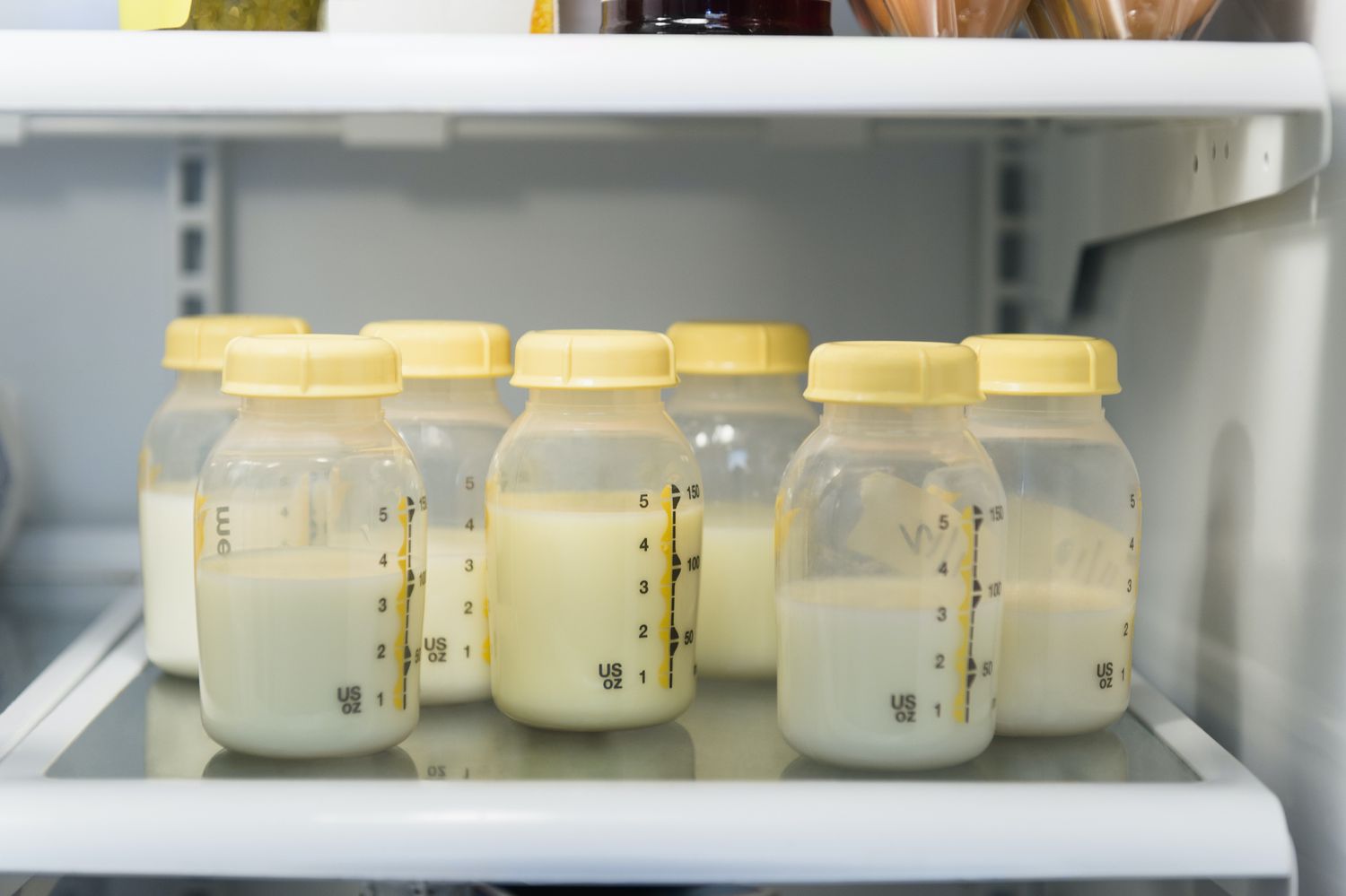
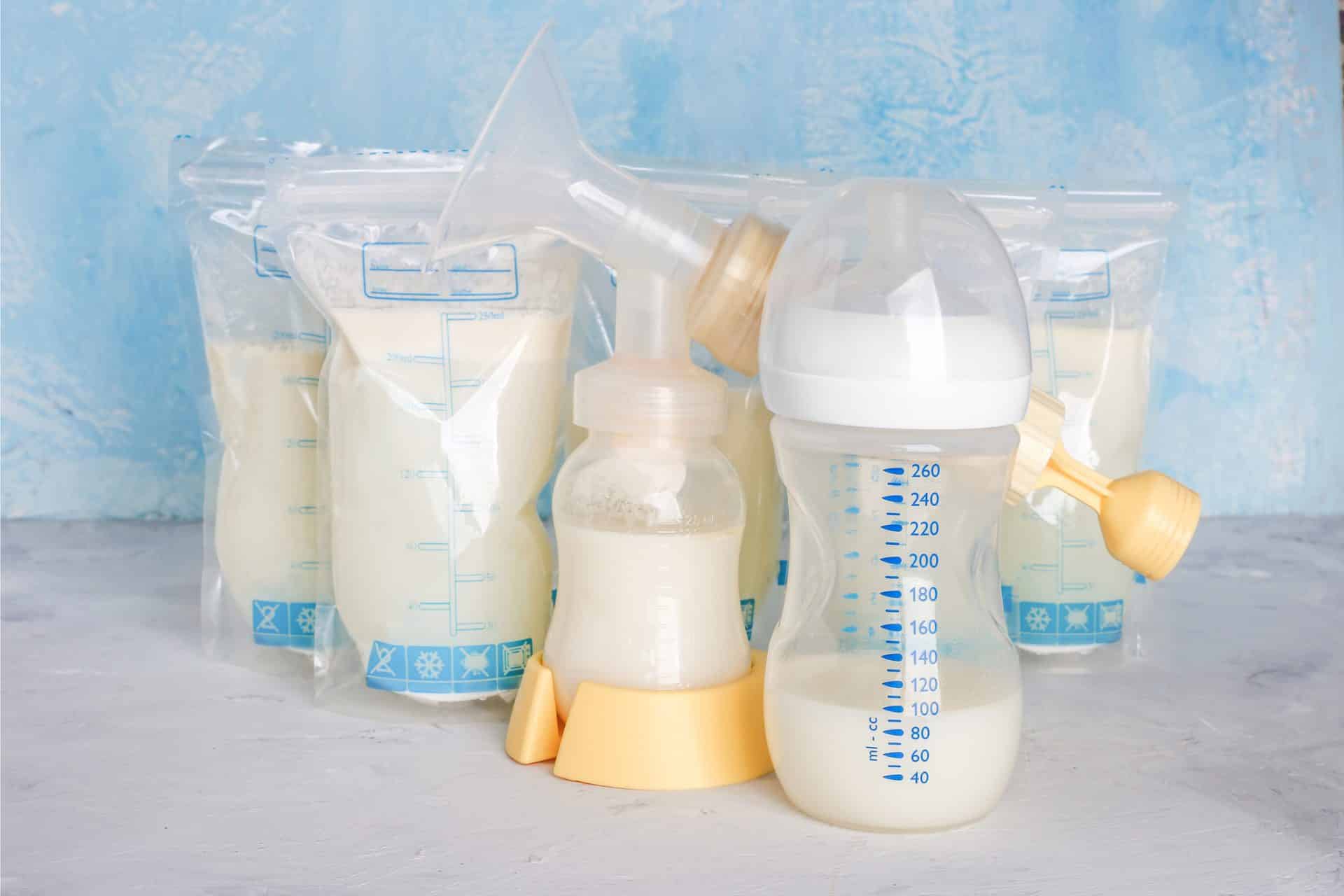
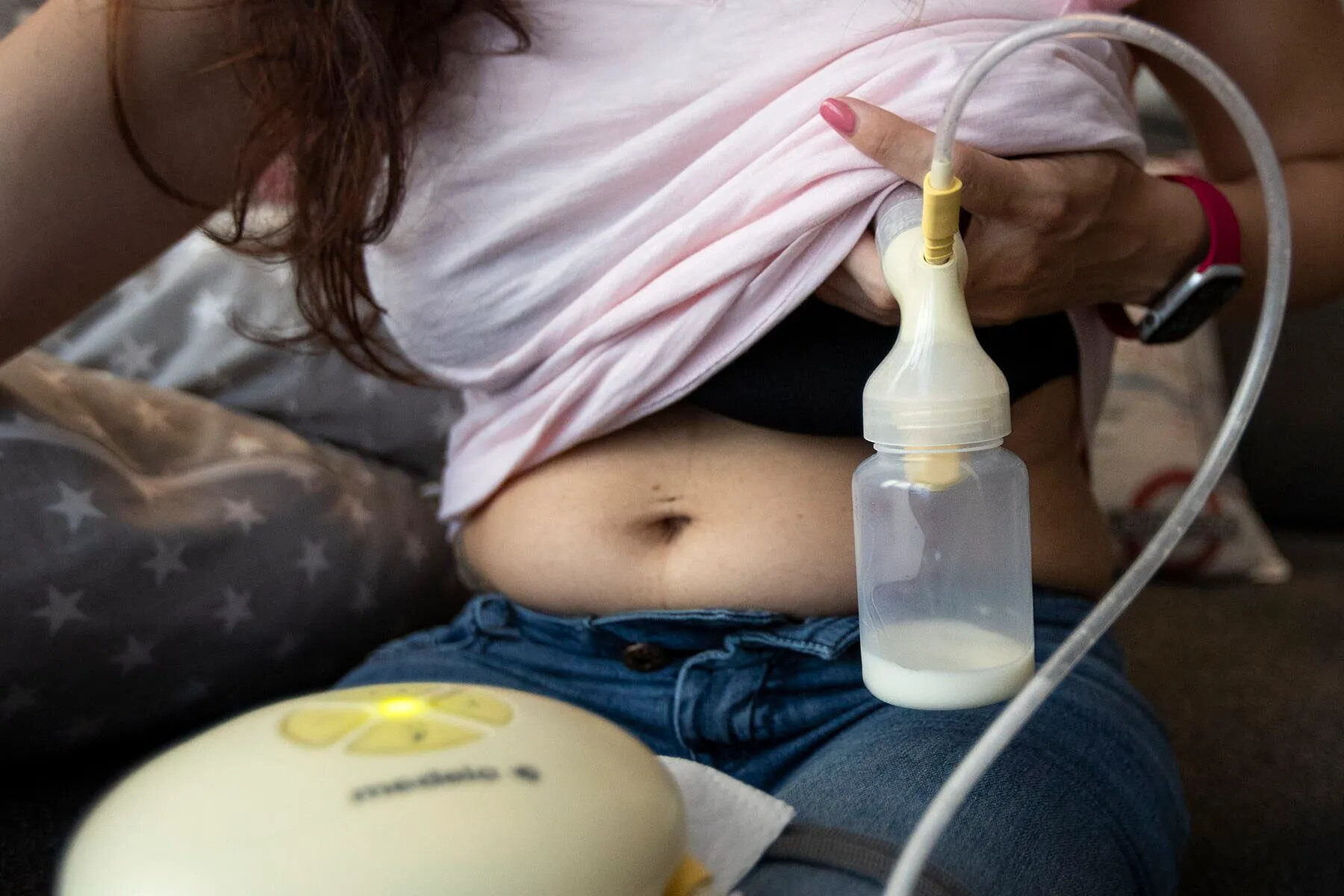
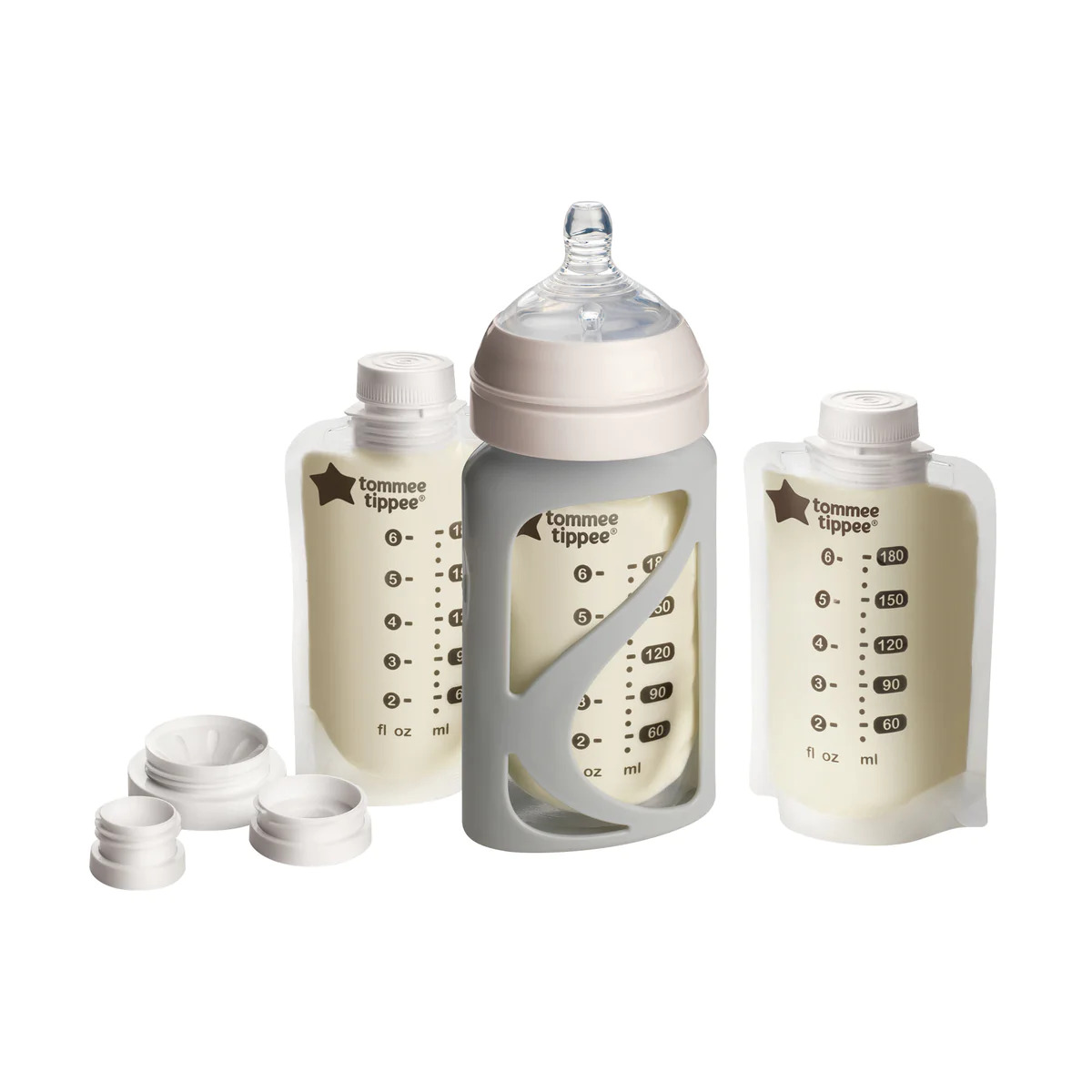
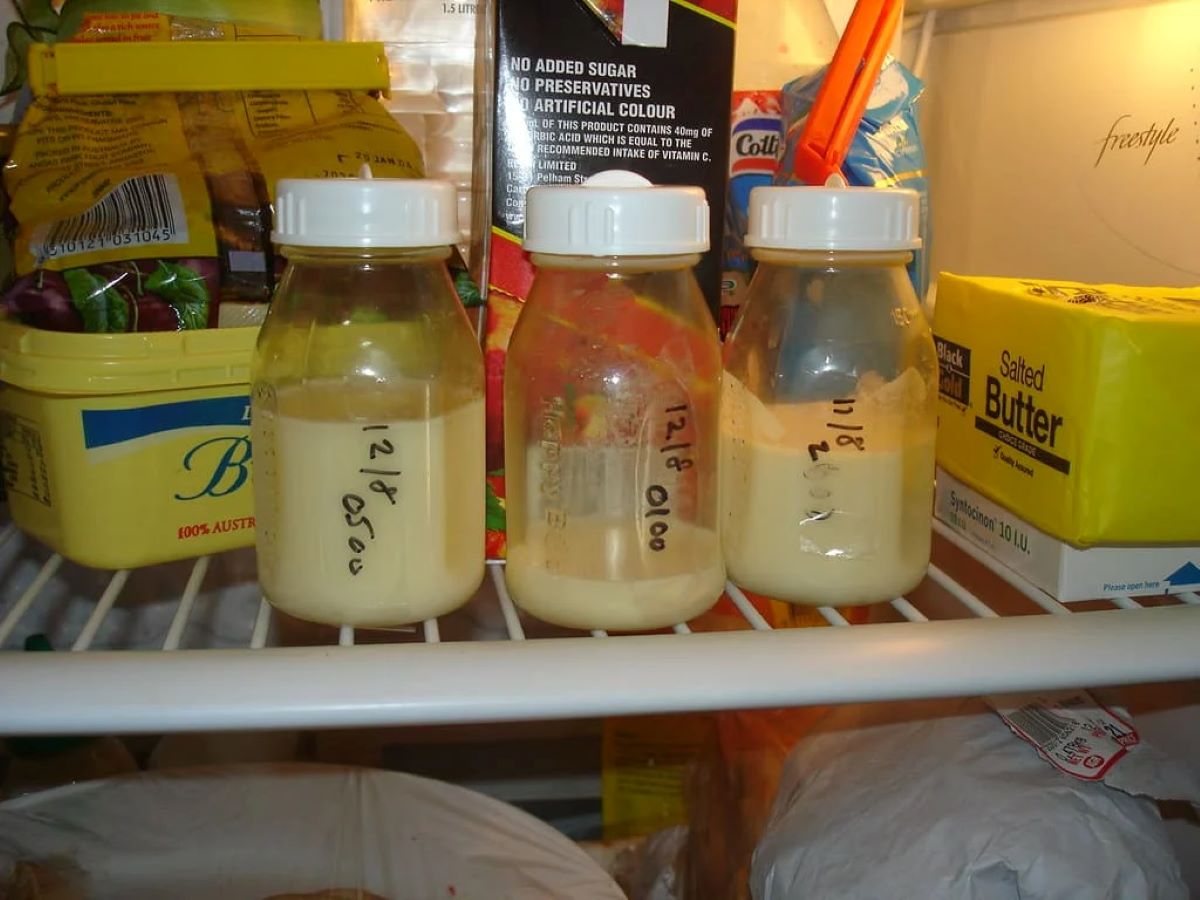
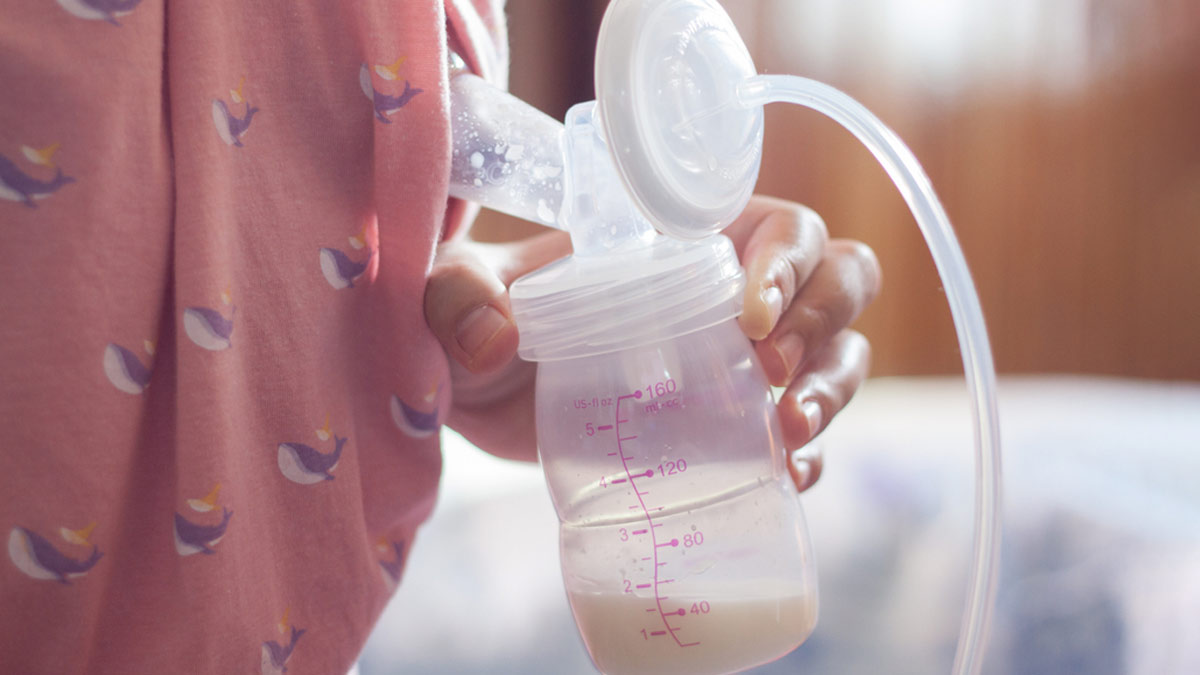

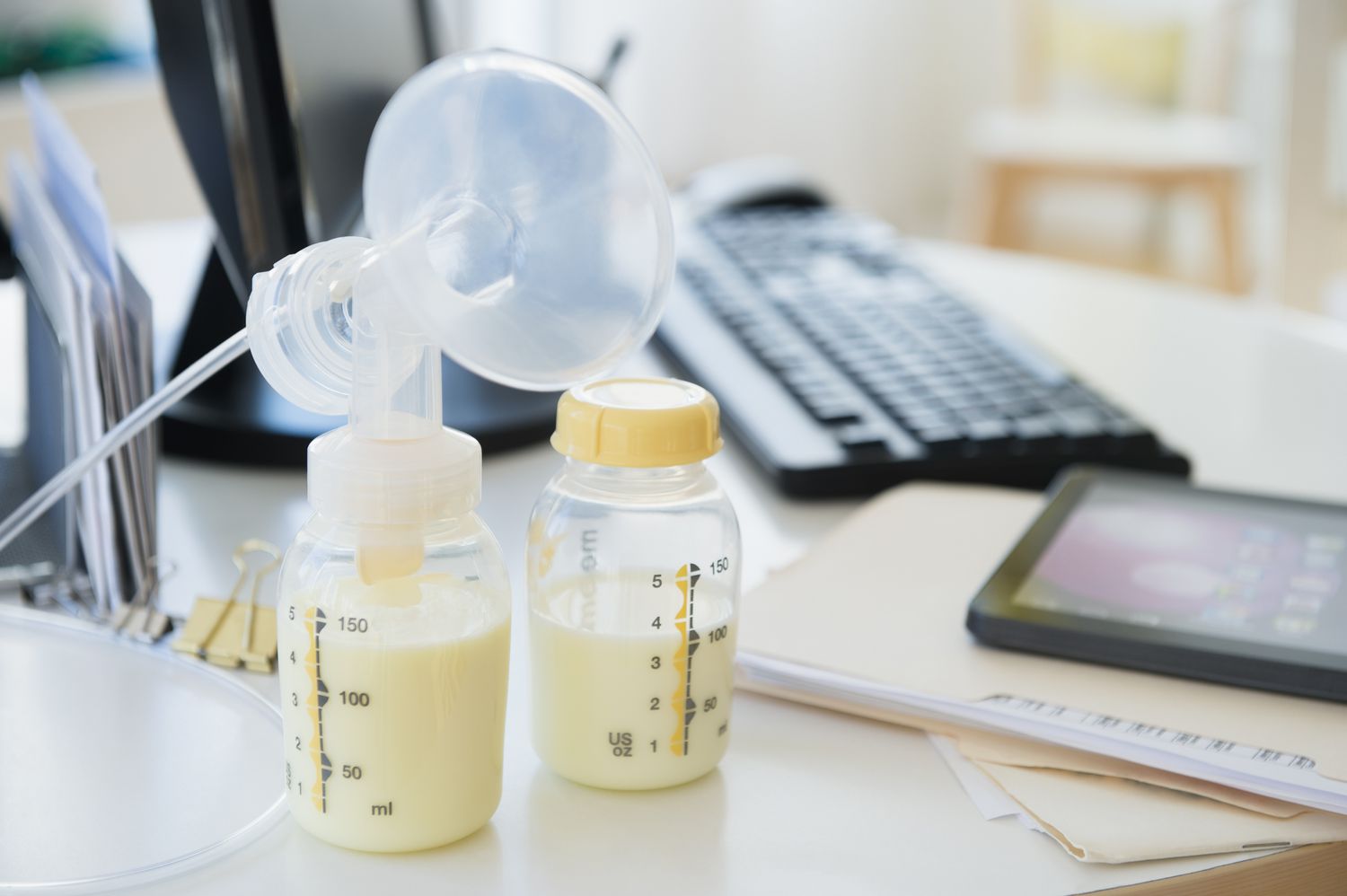
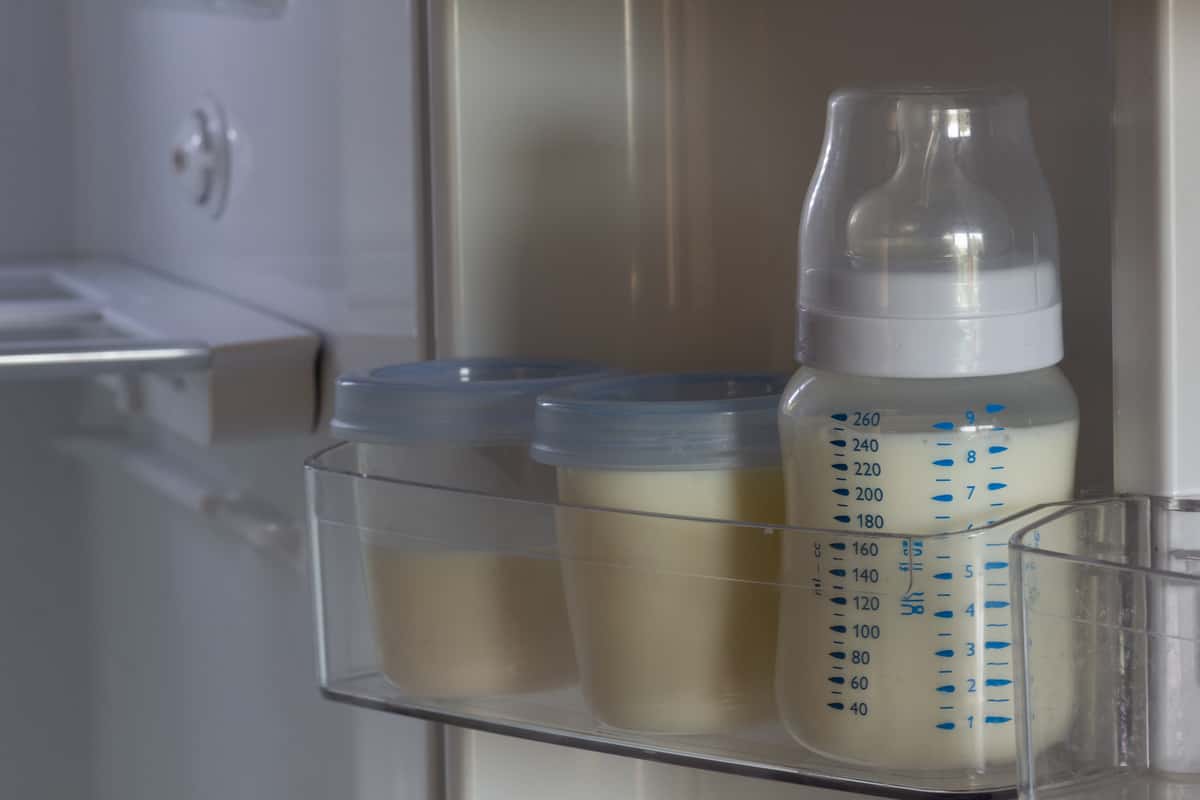
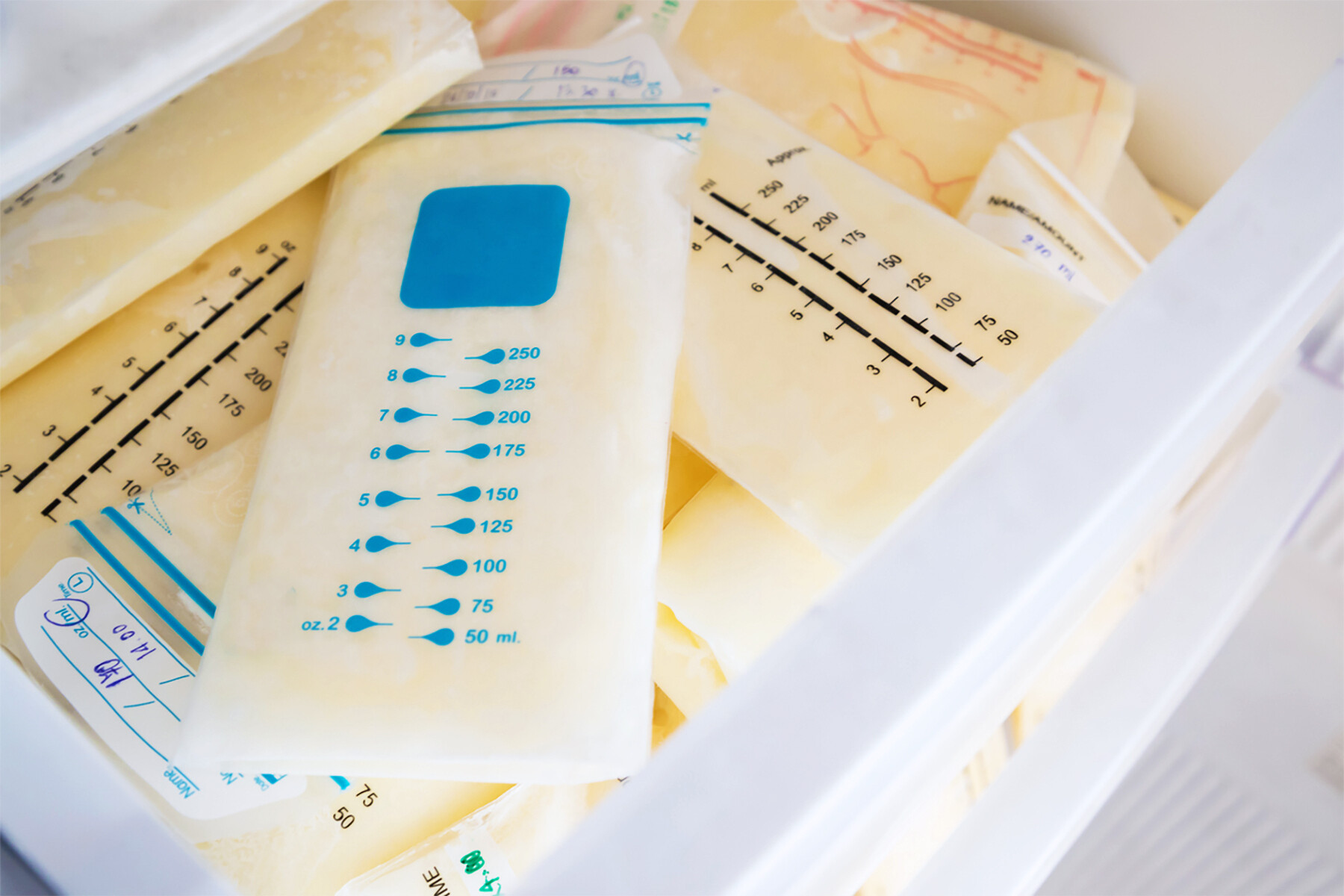
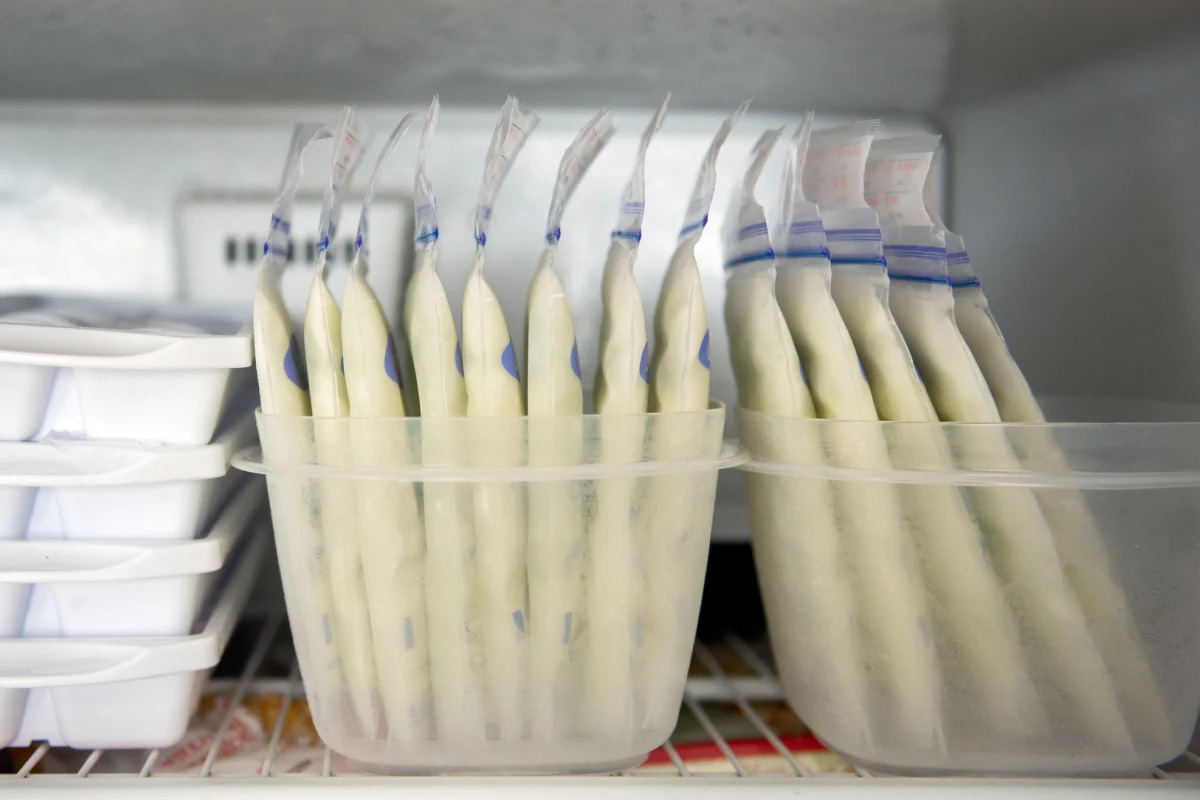
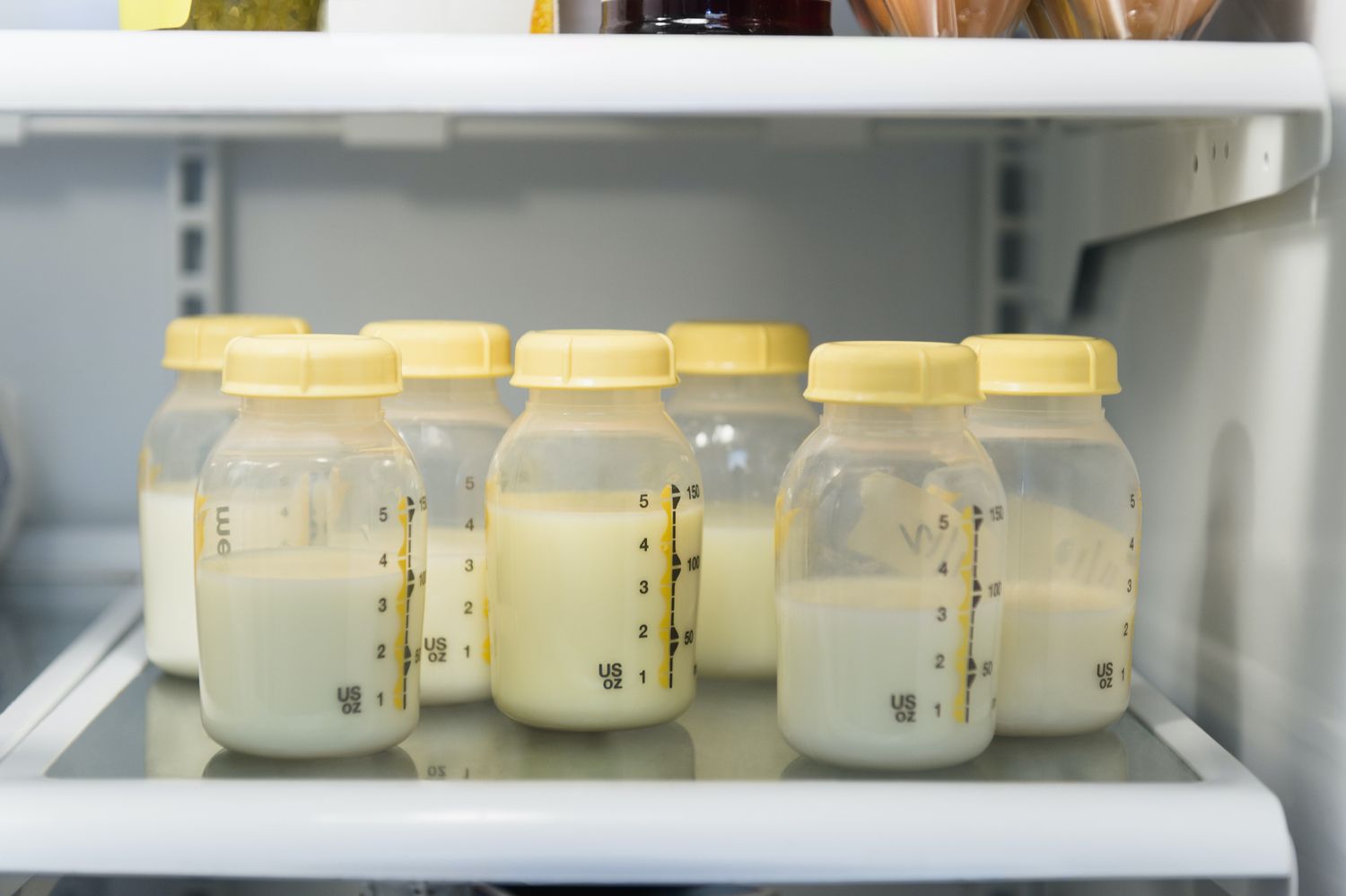
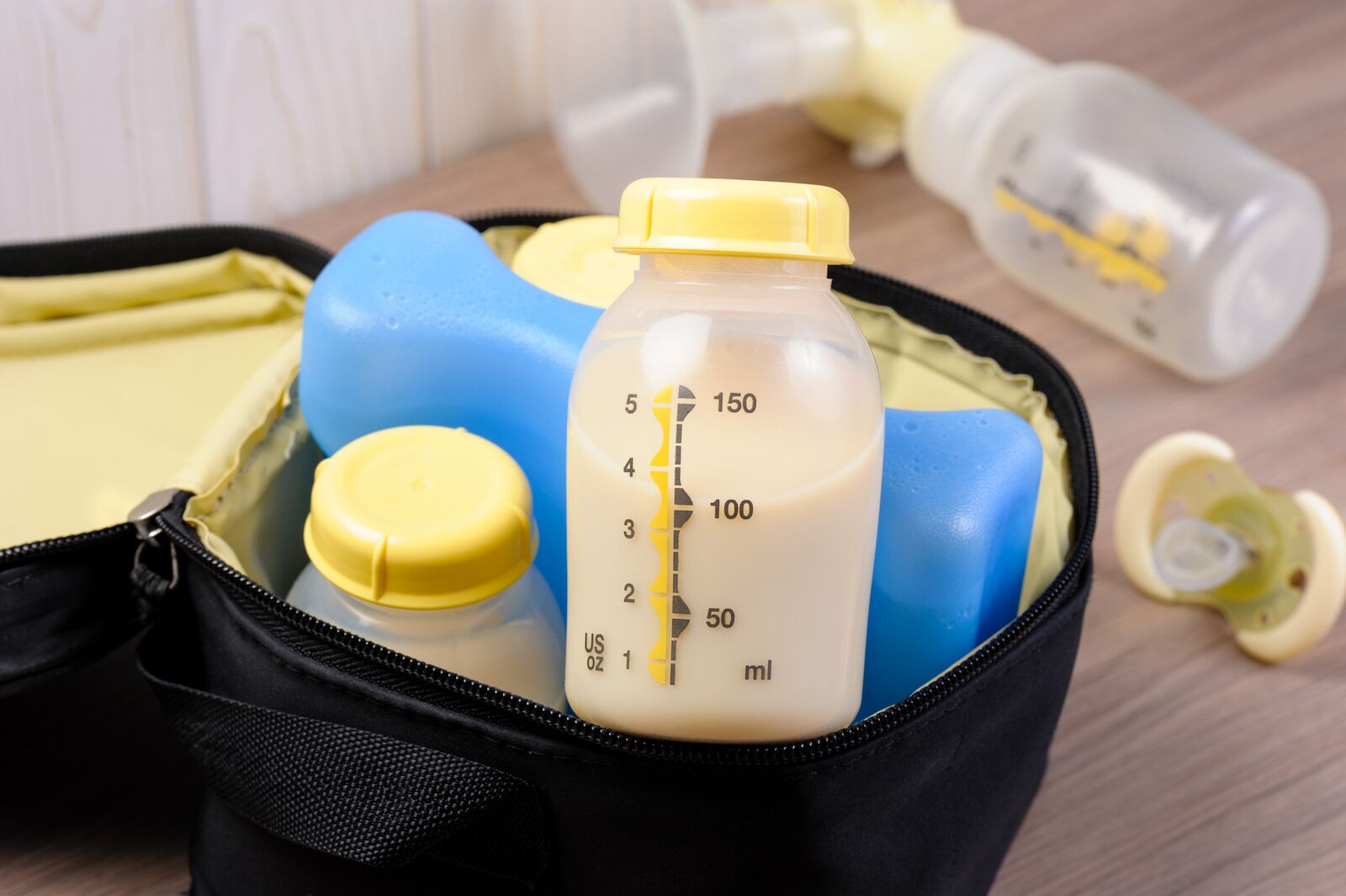

0 thoughts on “Breast Pump How To Store Milk”